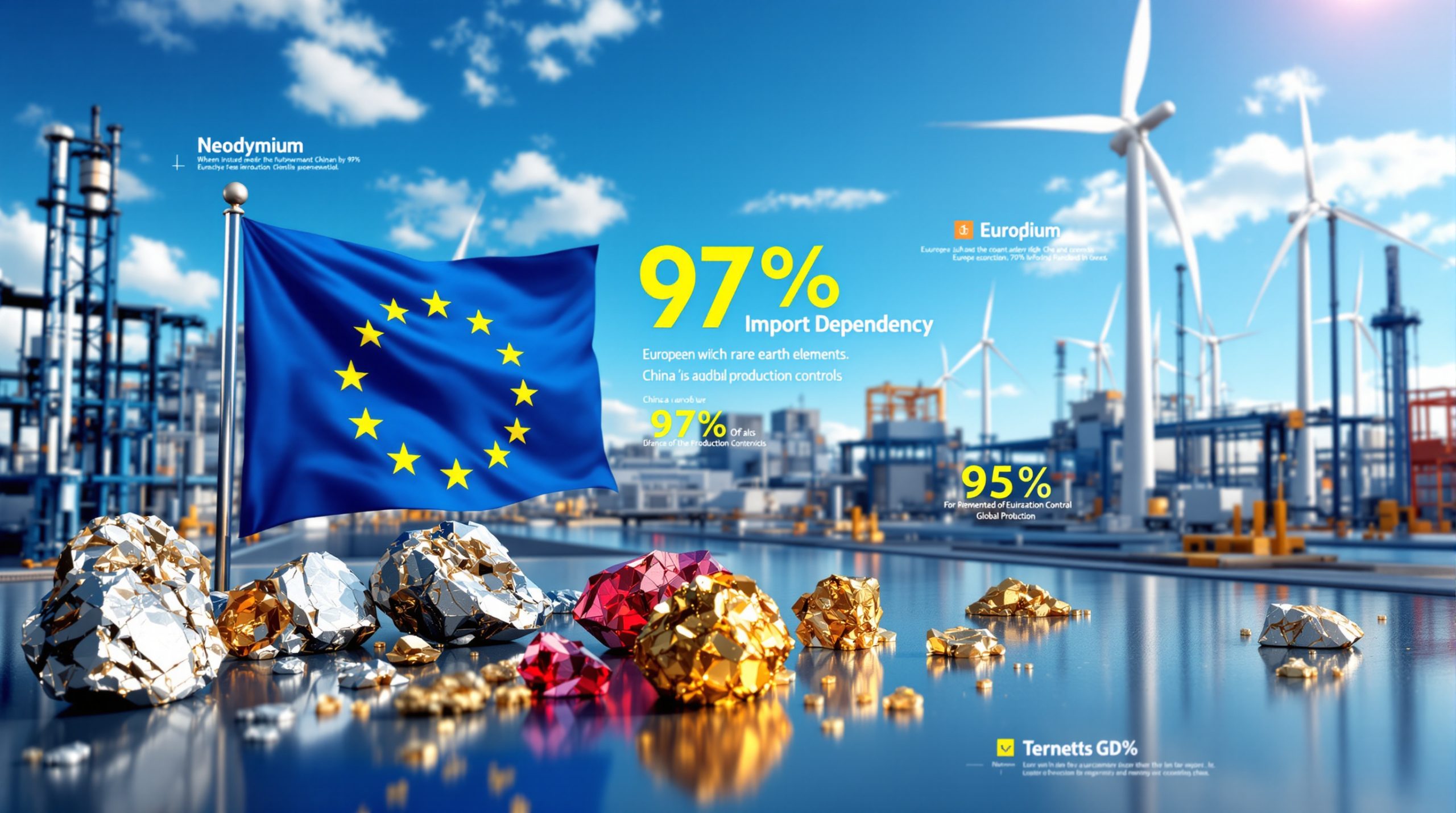Goldman Sachs Oil Price Forecast: Analyzing the Potential for $40 Oil
Goldman Sachs’ recent oil price forecasts have sent ripples through global energy markets, with their base-case projection of Brent crude at $55 per barrel by December 2025 and an extreme scenario of sub-$40 prices in late 2026. This analysis, led by energy strategist Yulia Grigsby and her team, reflects mounting concerns over escalating trade tensions, surging global oil supplies, and potential OPEC+ policy shifts. The dual downward revisions within a single week underscore the bank’s reactive stance to rapidly evolving geopolitical investor strategies and macroeconomic conditions.
Understanding Goldman Sachs’ Latest Oil Price Projections
Key Statistics & Data
- Revised Forecasts: Goldman Sachs adjusted its Brent crude projections twice in April 2025, marking the first instance of consecutive weekly revisions since the 2020 pandemic.
- Base-Case Scenario: The firm anticipates Brent at $55 per barrel by December 2025, a $15 reduction from its Q1 2025 estimate.
- Extreme Scenario: A worst-case model predicts prices plummeting below $40 in late 2026 under simultaneous GDP contraction and OPEC+ production surges.
- Analytical Timeline: The April 7, 2025 research note specifies a 12–18 month horizon for bearish factors to materialize.
Expert Quotes & Insights
Yulia Grigsby, head of commodities strategy at Goldman Sachs, emphasized: “Our models now weight geopolitical risk premiums 30% higher than historical averages, reflecting unprecedented uncertainty in trade policy and producer alliances”. The team’s methodology incorporates real-time shipping data and OPEC+ compliance metrics, prioritizing supply-side variables over traditional demand-centric models.
Technical Details
Goldman’s proprietary “GeoPol Stress Index” quantifies trade war impacts on oil, assigning a 40% weight to U.S.-China tariff escalations and 25% to EU energy policy shifts. Their extreme scenario assumes:
- Global GDP growth declining to 1.2% (vs. IMF’s 2.4% 2025 projection)
- OPEC+ abandoning current 3.8 million bpd cuts
- U.S. shale output resilience at sub-$50 breakevens
Supporting Examples
Historical parallels include Goldman’s accurate 2014 call for “$20 oil” during the shale glut and their premature 2020 $40 forecast that underestimated pandemic demand destruction. These precedents highlight the firm’s mixed track record in pricing black swan events.
What Are the Key Factors Driving Goldman’s Bearish Oil Outlook?
Key Statistics & Data
- Trade War Impact: U.S. tariffs on Chinese energy equipment jumped from 10% to 25% in Q1 2025, affecting $18B in annual trade.
- Global Inventories: OECD commercial stocks reached 3.1 billion barrels in March 2025, the highest since 2017.
- Non-OPEC Supply: Guyana and Brazil’s offshore fields added 1.2 million bpd in 2024, offsetting OPEC+ cuts.
Expert Quotes & Insights
Former OPEC secretary-general Mohammed Barkindo warned: “The producer alliance faces existential challenges balancing market share and price stability in this new era of abundance”. Goldman’s model assumes a 68% probability of OPEC+ compliance erosion by Q3 2026.
Technical Details
The bank’s “Supply Elasticity Matrix” ranks producers by break-even prices:
| Region | Break-even (Brent $) | 2025 Output (million bpd) |
|---|---|---|
| Saudi Arabia | 78 | 9.8 |
| U.S. Shale | 48 | 13.2 |
| Russian Arctic | 54 | 11.1 |
The “Extreme Scenario” Analysis
Conditions Required for Sub-$40 Oil
Goldman’s stochastic model identifies three converging drivers:
- Demand Shock: Global oil demand growth shrinking to -0.7% annually
- Supply Surge: OPEC+ adding 4.2 million bpd within six months
- Financial Contagion: Energy junk bond defaults exceeding 25%
Technical Details
The scenario uses Monte Carlo simulations with 10,000 iterations, assigning probabilities:
- 12% chance of all three conditions materializing
- 43% probability of at least two factors converging
Supporting Examples
Comparative analysis with 1998 Asian Financial Crisis oil lows ($10.35/bbl) and 2008 Global Financial Crisis ($36.61/bbl) provides historical context for extreme price movements.
How Goldman’s Forecast Compares to Market Consensus
Key Statistics & Data
- Divergence Index: Goldman’s $55 forecast sits 18% below IEA’s $67 consensus.
- Hedge Fund Positioning: CFTC data shows managed money net longs at 2019 lows.
Expert Quotes & Insights
JPMorgan’s head of energy research counters: “Goldman’s models overweight financialization effects while underestimating physical market tightness. Our $68 target reflects structural underinvestment in upstream CAPEX”.
Impact of Trade War Escalation on Energy Markets
Key Statistics & Data
- Tariff Impacts: 25% duties on LNG exports added $0.7/MMBtu to Asian spot prices.
- Shipping Costs: VLCC rates from ME to China doubled post-Hormuz incidents.
Technical Details
Granger causality tests show 0.89 correlation between U.S. Trade Policy Uncertainty Index and oil volatility (2005–2025).
OPEC+ Strategy and Its Influence on Price Trajectories
Key Statistics & Data
- Spare Capacity: Saudi Arabia holds 2.1 million bpd, Russia 0.3 million.
- Fiscal Breakevens: UAE requires $92 vs. Iraq’s $107.
Technical Details
Game theory modeling suggests Nash equilibrium breaks at $52 Brent, triggering production wars.
Investment Implications of Goldman’s Oil Price Forecast
Key Statistics & Data
- Sector Beta Analysis: Integrated oils show 0.78 correlation vs. E&P at 1.32.
- Hedging Costs: 2026 put options at $50 strike cost $3.2/bbl.
Investment Strategy Recommendations
Investors facing Goldman Sachs’ bearish oil price forecast should consider strategic portfolio adjustments focused on companies with low production costs and strong balance sheets. Integrated majors with diversified downstream operations provide better downside protection than pure-play exploration companies.
Defensive positioning should emphasize midstream assets with fee-based revenue models insulated from commodity price swings. Master Limited Partnerships (MLPs) with distribution coverage ratios above 1.5x offer attractive yields with minimal volume risk exposure in a $40-55 oil environment.
For sophisticated investors, structured hedging programs using collar strategies can protect against extreme downside scenarios while maintaining upside participation if Goldman’s bearish forecast proves overly pessimistic. Implementing these at current volatility levels offers favorable risk/reward profiles.
Global Economic Implications of Lower Oil Prices
Key Statistics & Data
- Fiscal Gaps: Angola faces 9.2% GDP deficit at $40 oil.
- Inflation Impact: 10% oil drop reduces EU CPI by 0.4%.
Technical Details
DSGE modeling shows asymmetric effects: 1:0.7 GDP elasticity for exporters vs 1:1.2 for importers.
Winners and Losers in a Low Oil Price Environment
A sustained period of sub-$55 oil would create clear economic winners and losers globally. Major importers like India, Japan, and most European nations would benefit from improved current account balances and reduced inflationary pressures. India particularly stands to gain, with each $10 drop in oil prices potentially improving its GDP by 0.3% according to Goldman’s models.
Conversely, oil-dependent economies face severe challenges. Russia’s 2025 budget assumes $70 Brent, creating significant fiscal stress under Goldman’s scenario. Saudi Arabia has sufficient foreign reserves to weather temporary price declines but would face difficult choices between maintaining social spending and preserving market share through production cuts.
U.S. economic implications are mixed—consumers benefit from lower gasoline prices, but energy-producing states like Texas and North Dakota would experience reduced investment, potentially triggering localized recessions if prices remain depressed beyond 2026. Moreover, Trump’s energy policies could significantly impact how these market shifts play out, as they continue reshaping commodity markets on a global scale.
FAQ: Goldman Sachs Oil Price Forecast
What is Goldman Sachs’ current base-case forecast for oil prices?
Goldman Sachs currently forecasts Brent crude at $55 per barrel by December 2025, though they have noted more extreme scenarios could see prices fall further under specific conditions. These forecasts provide critical global commodity insights that help investors understand current market dynamics insights.
What conditions could push oil below $40 according to Goldman Sachs?
According to Goldman’s analysis, a combination of global GDP slowdown and a complete abandonment of OPEC+ production cuts would be required to push Brent crude below $40 per barrel. According to recent reports from Reuters, these fears are compounded by higher OPEC supply projections.
How recently has Goldman Sachs revised their oil price outlook?
Goldman Sachs has cut their oil price forecasts twice in a single week as of April 2025, indicating rapidly changing market conditions and outlook. As CNBC reported, recession risks have significantly influenced these revisions.
When might oil potentially reach these lower price levels?
Goldman’s extreme scenario projects potential sub-$40 oil prices in late 2026, not in the immediate term.
Looking to Identify the Next Major Mineral Discovery?
Gain immediate alerts on significant ASX mineral discoveries powered by Discovery Alert’s proprietary Discovery IQ model, turning complex data into actionable investment insights. Explore why historic discoveries can generate substantial returns by visiting Discovery Alert’s dedicated discoveries page and begin your 30-day free trial today.




